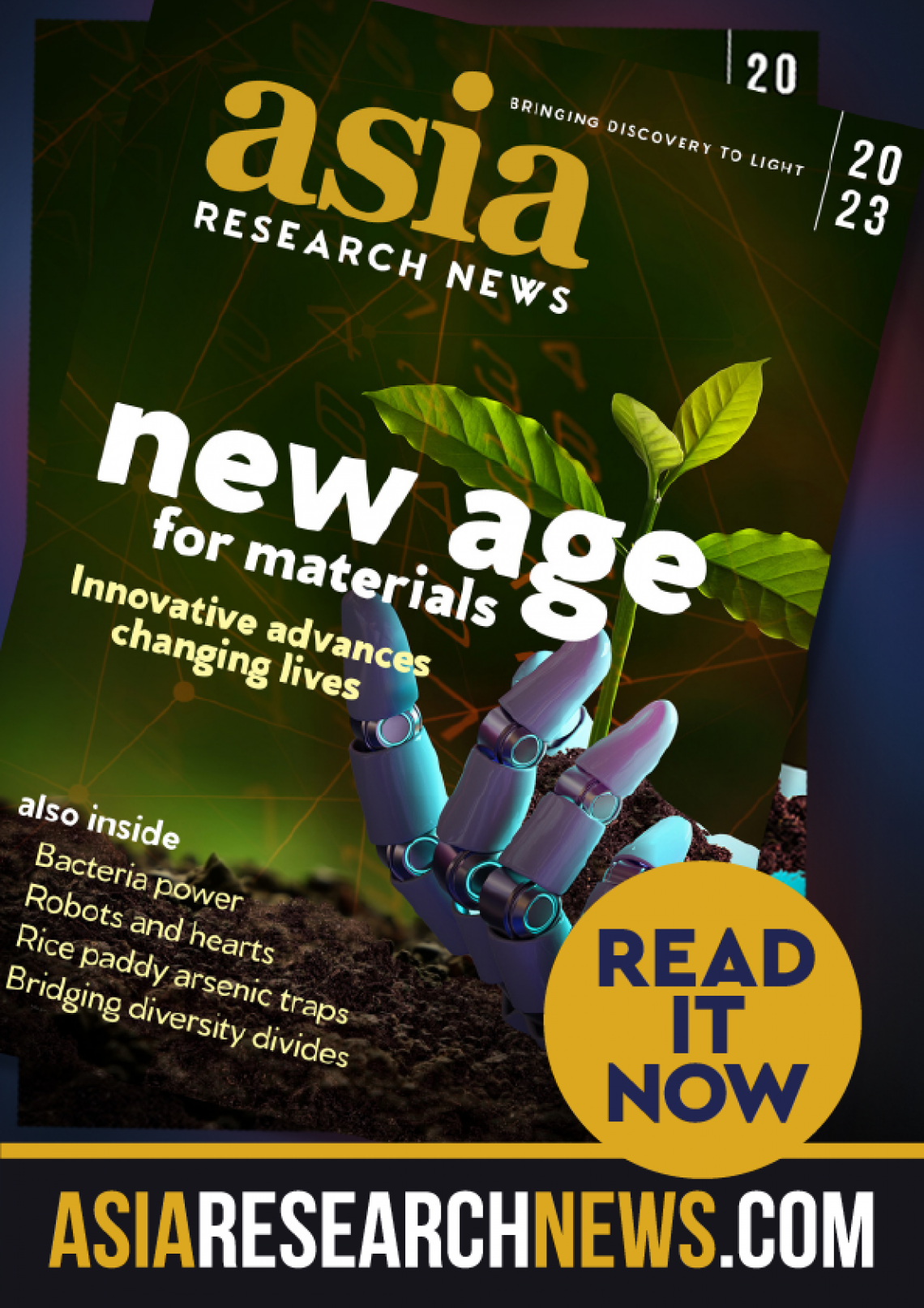This story is featured in the Asia Research News 2023 magazine. If you would like to receive regular research news, join our growing community.
Get the news in your inbox
The ever-advancing miniaturization of technology requires fine control and analysis of the structure of materials at the atomic scale. Researchers in Japan have now developed a machine learning technique to analyse semiconductor surface structure much more rapidly and simply. The work, led by Naoka Nagamura at the National Institute for Materials Science, is published in the journal Science and Technology of Advanced Materials: Methods.
Surfaces with precisely controlled atomic arrangements are generally made in a process called physical vapor deposition (PVD), in which the materials needed to build the surface are delivered in gas form in a vacuum chamber. The gaseous components condense into the solid phase as the required surface is created. Many different surface structure arrangements can be formed.
Analysing these "surface superstructures" is vital for monitoring the success of the PVD procedure, and for learning how to create the precise surfaces desired. The analysis is generally achieved by a process called Reflection High-Energy Electron Diffraction (RHEED), which records the diffraction of a beam of electrons fired at the surface at low angles.
However, highly skilled experts are needed to make sense of the complex diffraction pattern images that RHEED can produce. To address this, Nagamura and her team developed machine learning techniques that can help automate the data analysis.
The researchers investigated the appropriate computational algorithm for what they call “skill-agnostic analysis” by comparing several unsupervised learning methods. Tests in which indium atoms were deposited on silicon revealed that their technique was able to estimate the optimal conditions for forming a variety of surface atomic configurations more accurately than the conventional RHEED approach.
“This is the first study to apply machine learning algorithms to complex diffraction patterns of surface superstructures,” says Nagamura, adding that it relied on crucial input from masters degree student Asako Yoshinari. "Our findings will accelerate semiconductor research and hopefully lead to new and effective ways of using machine learning techniques for materials science.”
The team now plans to adapt its methods for use in other systems, including metal crystals, sapphire, silicon carbide and gallium nitride. These are all currently exploited in a wide range of technical applications, including microchips, lasers and sensors.
“We will promote widespread uptake of our methods by developing open software and packages for others to use,” Nagamura says.
Further information
Dr Naoka Nagamura
[email protected]
Research Center for Advanced Measurement and Characterization
National Institute for Materials Science
Dr Yasufumi Nakamichi
[email protected]
Science and Technology of Advanced Materials
National Institute for Materials Science
We welcome you to reproduce articles in Asia Research News 2023 provided appropriate credit is given to Asia Research News and the research institutions featured.




